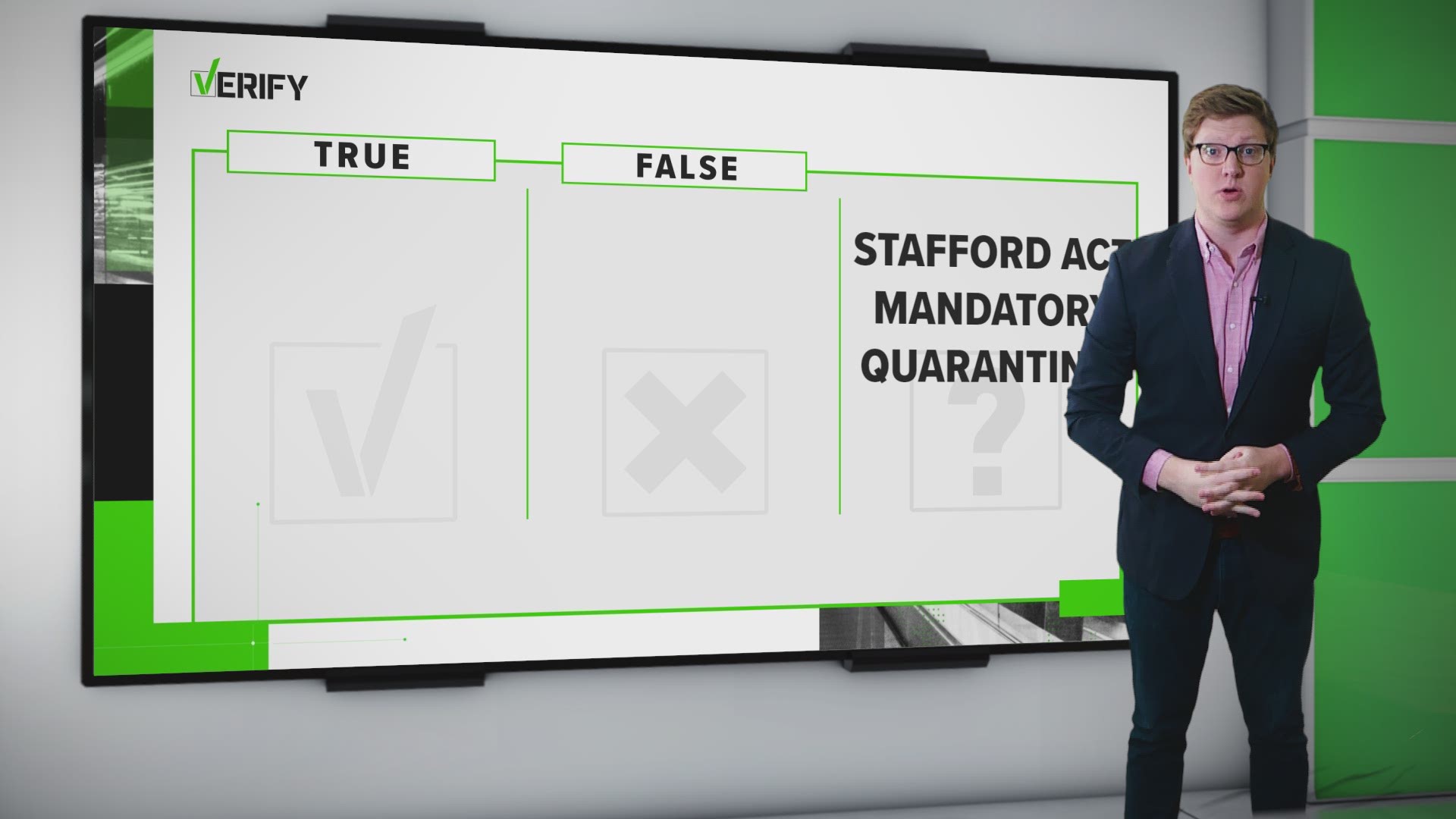Overlooking a crowd of hundreds from the steps of Richmond City Hall in Virginia on June 3, Mayor Levar Stoney pulled down his face mask and apologized for the city's police force using tear gas on peaceful protesters the night before. The megaphone he used passed from one speaker to another. The mayor spoke with people from no more than a couple of feet away.
The protests in Richmond, Virginia since the killing of George Floyd in Minneapolis have packed city streets, with most people wearing masks but not all. Some protesters have tried to maintain social distancing, staying at least 6 feet apart from their peers.
"We have two pandemics in this country — COVID-19 and racism. Both are lethal," Stoney said. "We need to do everything we can to prevent them from claiming more lives."
Yet the strategies are at odds: Avoid crowds to slow the coronavirus, or join them to show that people are fed up?
The coronavirus has killed nearly 1,500 Virginians and infected thousands more. In Richmond, where the virus's spread was deemed so severe that the city's economy had remained largely shuttered after most of the state began reopening, protesters say the need to show up and fight racial injustice and police brutality outweighs the risk of getting sick.
Later, as a few hundred people rallied at the Robert E. Lee statue, the epicenter of protests in the city, Roslyn Taylor kept her distance.
She had heard about the larger protests the three days prior and had fielded questions from her 12-year-old grandson. She wanted to join. So the 59-year-old and her grandson, a student at nearby Binford Middle School, strapped on their face masks and made their way to Monument Avenue to stand together, but apart.
They kept their distance from the protesters crowded around the base of the towering Lee statue, hovering near the sidewalk.
Going carries risk, Taylor said, but so does staying home. She said demanding racial justice in the wake of Floyd's death was "too important for me to sit at home."
"This is 400 years of frustration coming out, and from what I'm seeing, it's not going away anytime soon," she said. "I had to bring him out."
Since Floyd's death on Memorial Day, thousands of people in Richmond and across Virginia have protested, assembling in large groups while marching and chanting calls for an end to police brutality.
At the same time, COVID-19 has infected roughly 47,000 people, according to state data, including nearly 1,500 in Richmond. The highly contagious virus, which shut down Virginia for two months, has yet to reach its peak, according to research from the University of Virginia.
Gatherings of more than 10 people continue to be banned, although the state, except for Richmond and Northern Virginia, will enter its second reopening phase on June 5, raising the limit on social gatherings from 10 people to 50.
Leroy Green, a Richmond resident, grew up in the 1960s during the civil rights movement and has continued his activism by joining the peaceful protests over the previous four days. He wears a face mask, as many protesters do, and feels that turning out to march is the best way to bring about change.
"We've got to come together," the 59-year-old said. "The only way we can do that is we've got to come out. We want our voices heard."
COVID-19 has killed 82 people ages 50 to 59, according to the Virginia Department of Health. More than half of the state's deaths (748 out of 1,428) have been people older than 80, according to the Health Department.
Those deaths — and the infection rates — have disproportionately affected people of color in the state.
Data from VDH shows the percentage of coronavirus-related deaths among African Americans (20%) is equivalent to the state's demographic breakdown (also 20%), but the state's data is incomplete: Racial information is unknown for 186 deaths and for more than 15,000 of Virginia's 46,905 cases.

